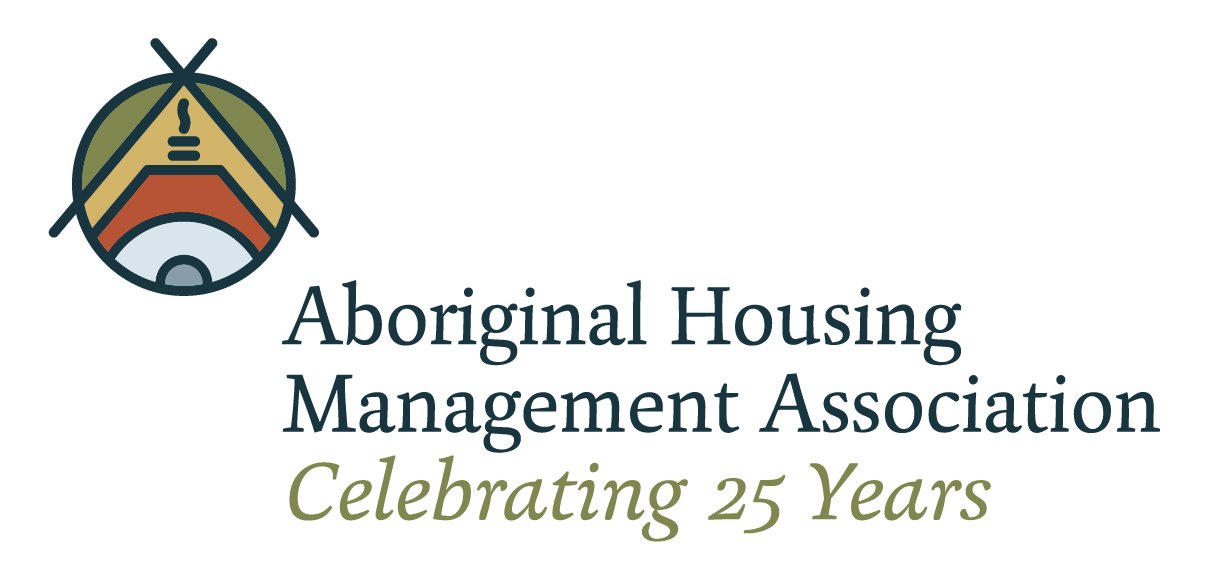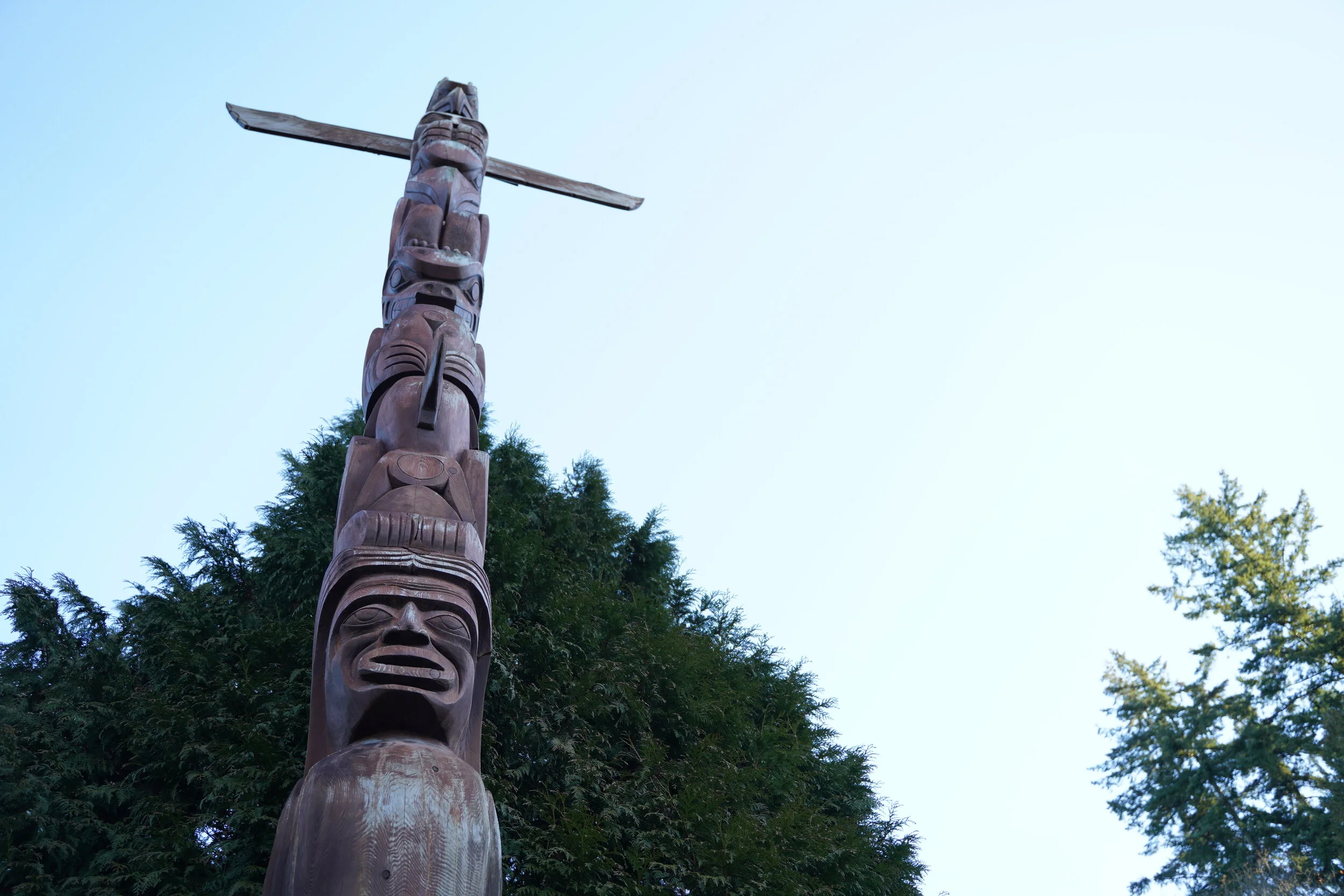CASE STUDIES
AHMA is proud of our members across the province who inspire us to think bigger than we have, take mega-leaps forward and motivate us to think long term.
Draven Darkke, M’akola Housing Society
M’akola Housing Society is an Indigenous non-profit housing provider and AHMA member. M’akola completed energy efficiency upgrades at multiple sites with support from the Indigenous Communities Conservation Program (ICCP) in 2021-22.
Sandy White, North Okanagan Friendship Centre
Kekuli, North Okanagan Friendship Centre is an Indigenous non-profit housing provider and AHMA member in the City of Vernon, affiliated with the BC Association of Friendship Centres. Kekuli received support from the Energy Conservation Assistance Program (ECAP) in 2020.
Alanna Cowan, Conayt Housing and Friendship Centre
Conayt is an Indigenous non-profit housing provider and AHMA member in Merritt, affiliated with the BC Association of Friendship Centres. Conayt received support from the Energy Conservation Assistance Program (ECAP) in 2019-20.
EndoTherm Case Study at Milestone Manor, Dakelh & Quesnel Community Housing Society (DQCHS)
Dakelh & Quesnel Community Housing Society (DQCHS) is an Indigenous non-profit housing provider and AHMA member affiliated with the BC Association of Friendship Centres. DQCHS installed EndoTherm into the boiler system at Milestone Manor on November 2nd, 2020.
M’akola Case Study at George Dowling
M’akola completed a major envelope/exterior renewal project for a Port Alberni townhouse complex in 2023. The project transformed the homes, including energy efficiency upgrades and innovative art installations from local Indigenous artists.
The Aboriginal Housing Management Association is working with its membership, BC Hydro and FortisBC, to improve the energy efficiency of buildings, reduce the cost of energy, and improve comfort and safety. Webinar from Feb 22, 2022.
Nuutsumuut Lelum (All in One House), Island Urban Indigenous Wellness Society, 2018
The Island Urban Indigenous Wellness Society partnered with BC Housing to construct culturally appropriate, affordable, energy-efficient housing for the Urban Indigenous community in Nanaimo.
Nuutsumuut Lelum Affordable Multifamily Passive House in Canada
Q & A
Why do homes need to be energy efficient?
The residential sector accounts for a significant proportion of BC's energy consumption, mainly through heating and hot water production (gas or electric) and the powering of common household items (lighting, appliances and entertainment devices).
In BC, electricity is mainly produced by hydroelectric dams; the rest comes from forest biomass, wind, natural gas, solar, and landfill gas. While providing "clean" power, dams require a massive monetary investment to build, embody a large amount of energy in their construction (concrete production, etc.), and can have negative ecological effects both upstream and downstream. Natural gas embodies negative ecological and climate impacts in both its production and consumption.
Home energy efficiency reduces the need for both electricity and gas production and use, lessening the impact of each on our environment.
See the Pembina Institute Benefits of Energy Efficiency infographic (right) for more information.
To learn more about how BC is reducing pollution and powering our future, visit CleanBC.





